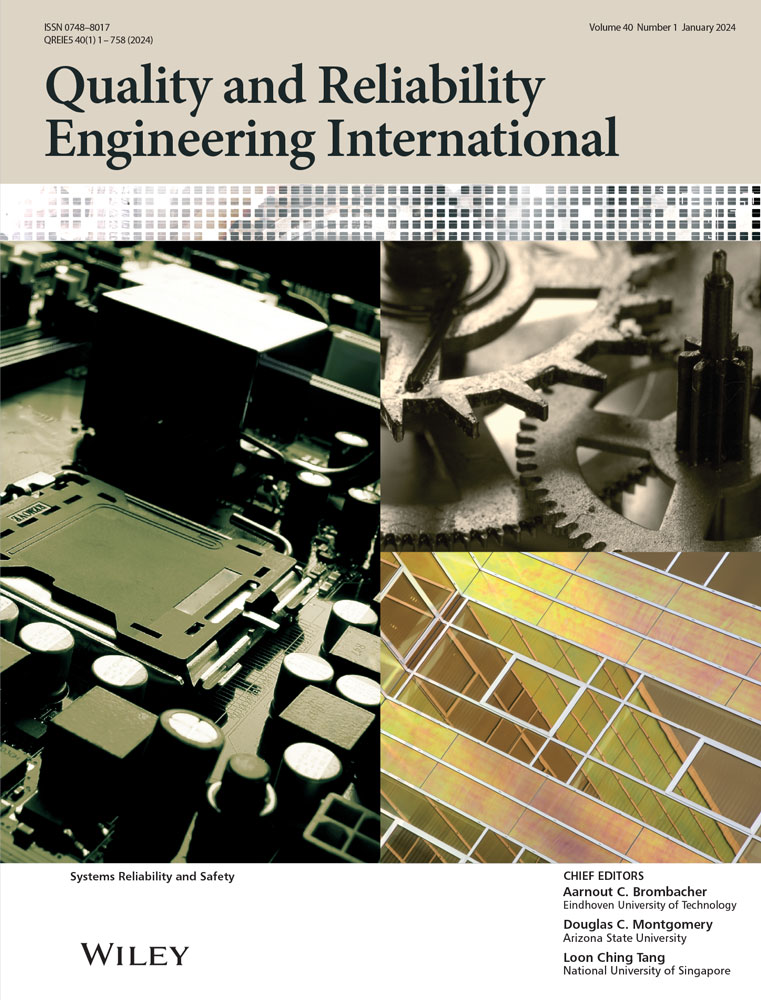A random-effect gamma process model with random initial degradation for accelerated destructive degradation testing data
Abstract
An accelerated degradation test (ADT) hastens degradation mechanisms of products by loading higher stresses than normal use conditions to shorten testing time. In some situations, degradation levels during ADT can be measured only by destructive inspection where testing units must be destroyed or physical characteristics are significantly changed after measuring the performance degradation. For such an accelerated destructive degradation test (ADDT), initial degradation levels may vary from item to item. In this regard, we propose a random-effect gamma process model with random initial degradation for the reliability analysis of ADDT data. Under the proposed modeling framework, we derive the maximum likelihood estimates (MLEs) of the model parameters and construct an inferential procedure for the parameters and reliability measures of interest, using asymptotic properties of the MLEs. In particular, the mean and the variance of the mean-time-to-failure of the products from the ADDT data are explicitly derived in closed forms. Monte Carlo simulations under various scenarios are performed to validate the performance of proposed maximum likelihood estimation and inferential methods for the ADDT data. Finally, reliability estimation at a normal use condition and inferential procedures are illustrated through an ADDT example of return-springs in a bi-functional DC motor system of an automobile.
Open Research
DATA AVAILABILITY STATEMENT
Research data are not shared.




